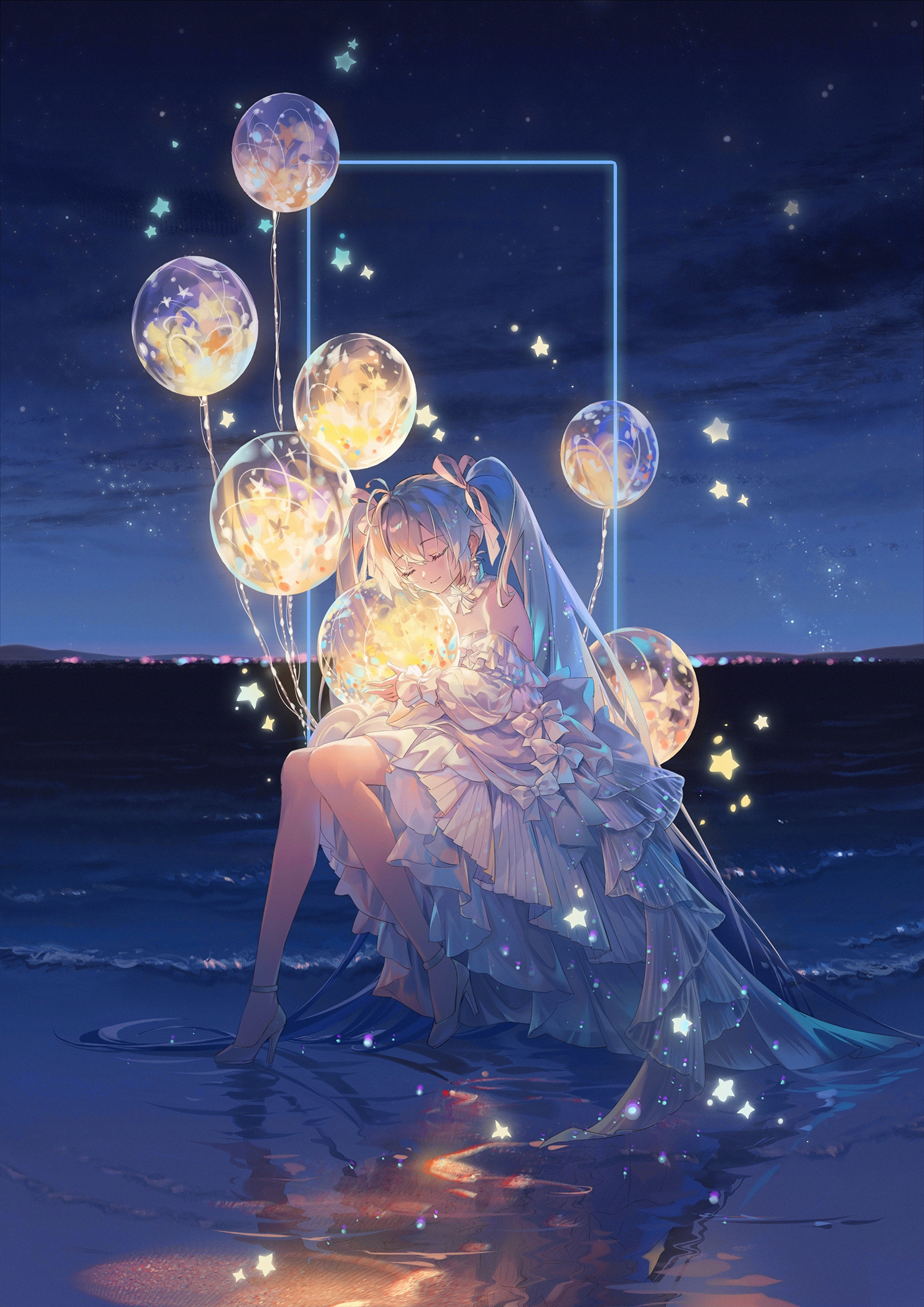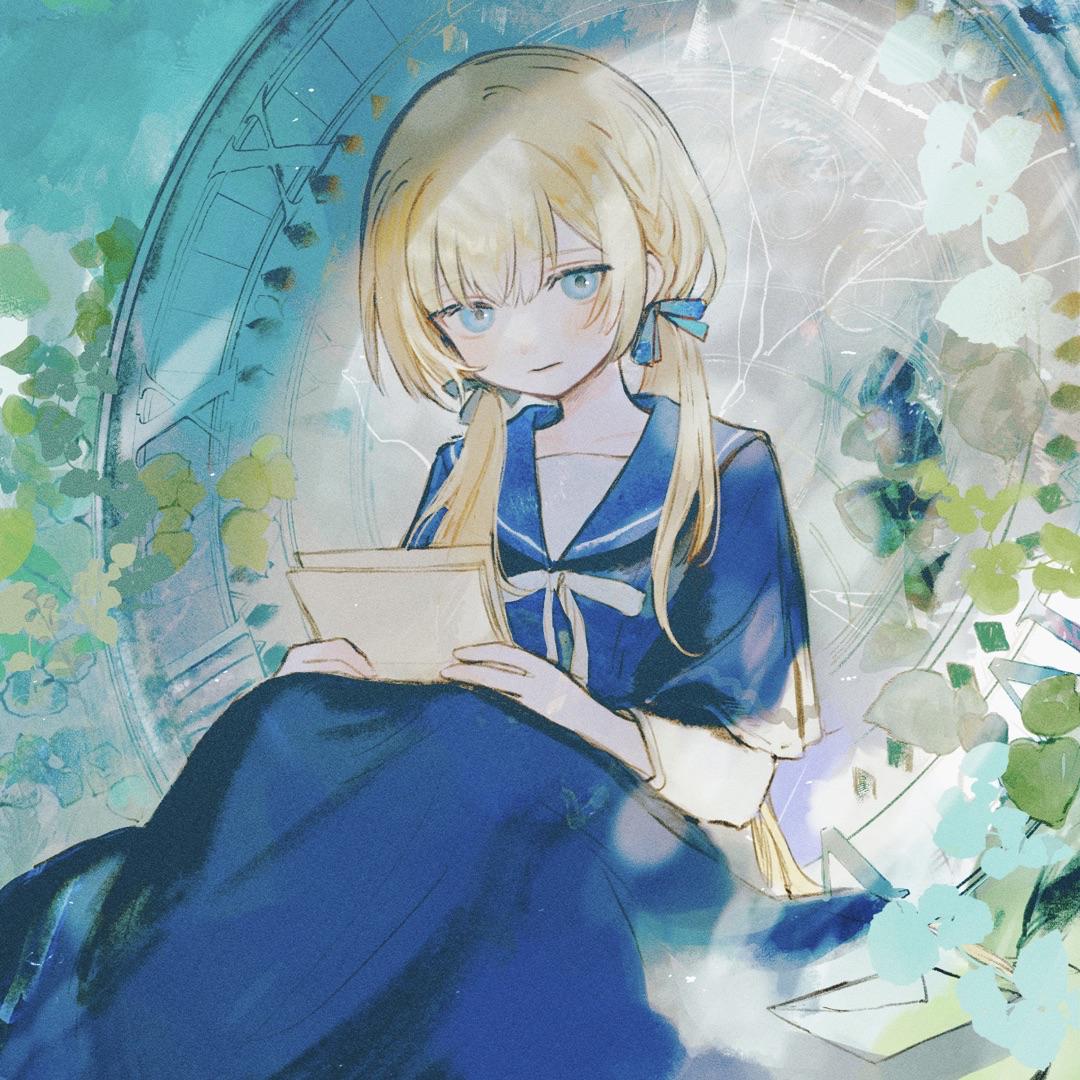1
2
3
4
5
6
7
8
9
10
11
12
13
14
15
16
17
18
19
20
21
22
23
24
25
26
27
28
29
30
31
32
33
34
35
36
37
38
39
40
41
42
43
44
45
46
47
48
49
50
51
52
53
54
55
56
57
58
59
60
61
62
63
64
65
66
67
68
69
70
71
72
73
74
75
76
77
78
79
80
81
82
83
84
85
86
87
88
89
90
91
92
93
94
95
96
97
98
99
100
101
102
103
104
105
106
107
108
109
110
111
112
113
114
115
116
117
118
119
120
121
122
123
124
125
126
127
128
129
130
131
| namespace HaruoYaguchi.Editor
{
[Serializable]
struct TexturesData
{
public byte[] data;
public TexturesData(byte[] data)
{
this.data = data;
}
public readonly string ToJson()
{
return JsonUtility.ToJson(this);
}
}
public sealed class TextureToJson : EditorWindow
{
public List<Texture2D> textures2D = new List<Texture2D>();
SerializedProperty texturesProperty;
SerializedObject texturesObject;
StringBuilder pathBuilder = new StringBuilder();
string _jsonStoragePath;
void OnEnable()
{
texturesObject = new SerializedObject(this);
texturesProperty = texturesObject.FindProperty("textures2D");
}
[MenuItem("HaruoYaguchi/TextureToJson", false, 2)]
public static void Internal_TextureToJson()
{
if (EditorApplication.isCompiling || EditorApplication.isPlaying)
{
EditorUtility.DisplayDialog("警告", "不允许在游戏运行时或代码编译时进行转换", "确定");
return;
}
TextureToJson textureToJson = GetWindow<TextureToJson>();
textureToJson.Show();
}
private void OnGUI()
{
GUILayout.Label("将需要转换的纹理放入下面的列表中");
EditorGUILayout.PropertyField(texturesProperty);
GUILayout.Label("转换后Json文件存储的位置(不填写则在列表中第一个纹理的父级目录下创建一个新的文件夹, 文件夹名为'TextureToJsonFolder'), 以该文件夹为存储位置");
GUILayout.Label("路径填写标准: './Assets/.../' 或 'C:/.../' (相对路径或绝对路径, 需要保证该路径存在)");
_jsonStoragePath = EditorGUILayout.TextField("存储路径: ", _jsonStoragePath);
if (GUILayout.Button("将纹理转换为Json文件"))
{
try
{
if (EditorGUI.EndChangeCheck())
{
texturesObject.ApplyModifiedProperties();
}
if (_jsonStoragePath == null || _jsonStoragePath == string.Empty)
{
_jsonStoragePath = AssetDatabase.GetAssetPath(textures2D[0]);
_jsonStoragePath = Directory.GetParent(_jsonStoragePath).Parent.FullName;
pathBuilder.Append(_jsonStoragePath + "/TextureToJsonFolder/");
Directory.CreateDirectory(pathBuilder.ToString());
}
else
{
pathBuilder = new StringBuilder(_jsonStoragePath);
}
for (int i = 0; i < textures2D.Count; ++i)
{
byte[] data = DeCompress(textures2D[i]).EncodeToPNG();
pathBuilder.Append(textures2D[i].name + ".json");
TexturesData texturesData = new TexturesData(data);
data = Encoding.UTF8.GetBytes(texturesData.ToJson());
File.WriteAllBytes(pathBuilder.ToString(), data);
pathBuilder.Remove(pathBuilder.Length - textures2D[i].name.Length - 5, textures2D[i].name.Length + 5);
}
_jsonStoragePath = null;
pathBuilder.Clear();
Debug.Log("纹理转换Json成功!!!!!!");
}
catch (System.Exception e)
{
_jsonStoragePath = null;
pathBuilder.Clear();
Debug.LogError(e);
}
}
}
public Texture2D DeCompress(Texture2D source)
{
RenderTexture renderTex = RenderTexture.GetTemporary(
source.width,
source.height,
0,
RenderTextureFormat.Default,
RenderTextureReadWrite.Linear);
Graphics.Blit(source, renderTex);
RenderTexture previous = RenderTexture.active;
RenderTexture.active = renderTex;
Texture2D readableTexture = new Texture2D(source.width, source.height);
readableTexture.ReadPixels(new Rect(0, 0, renderTex.width, renderTex.height), 0, 0);
readableTexture.Apply();
RenderTexture.active = previous;
RenderTexture.ReleaseTemporary(renderTex);
return readableTexture;
}
}
}
|









